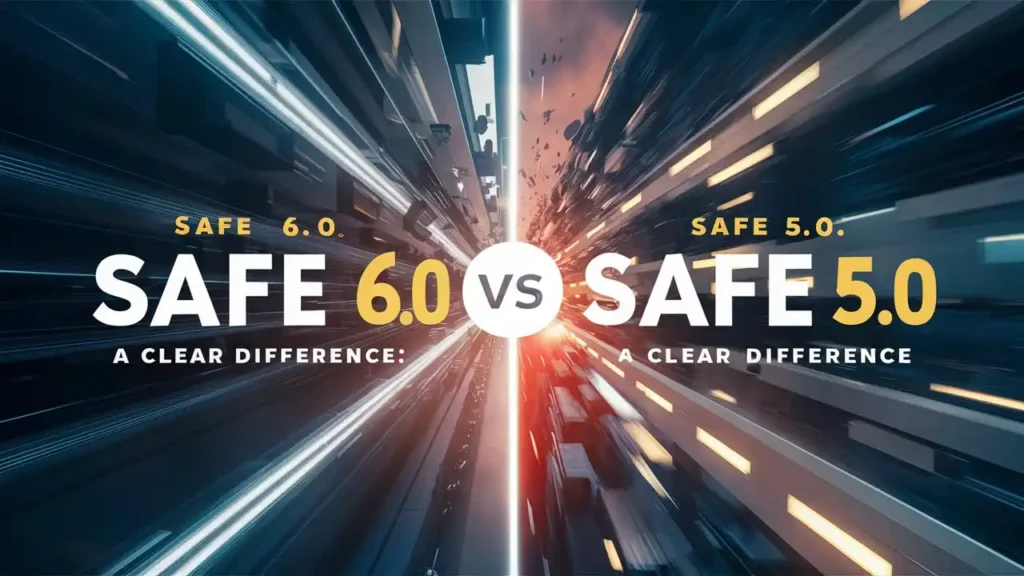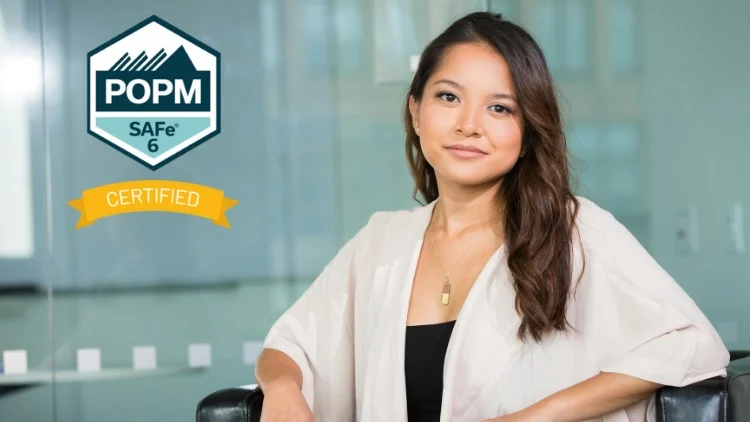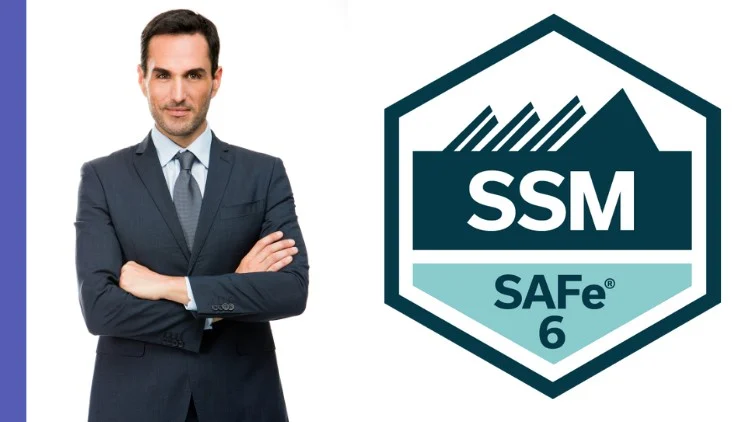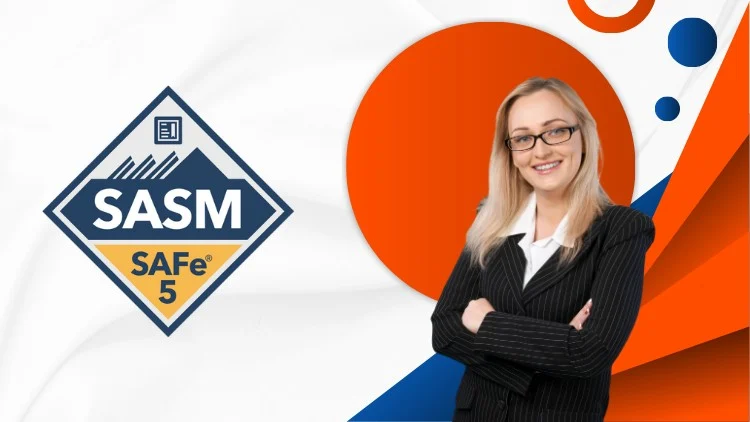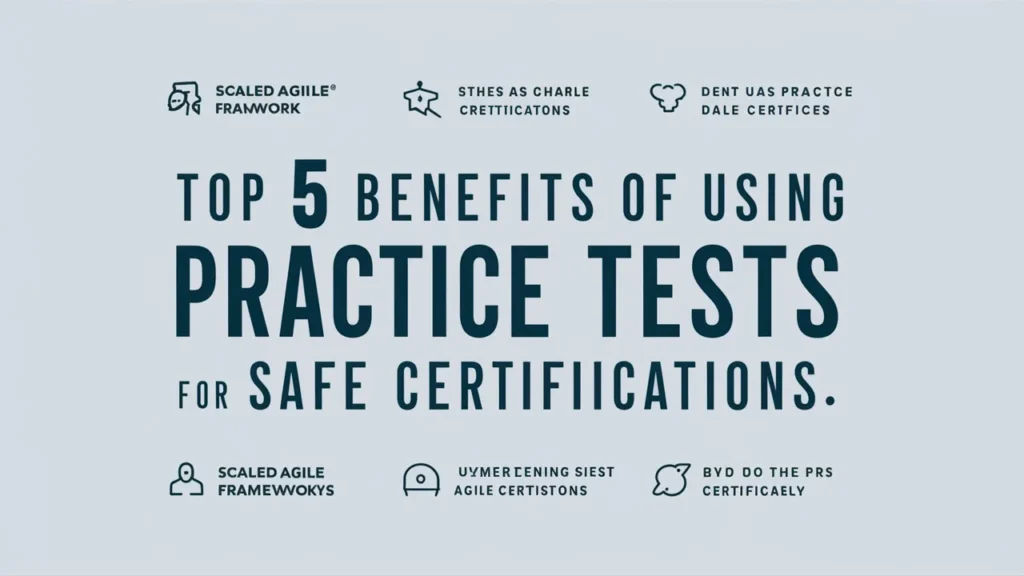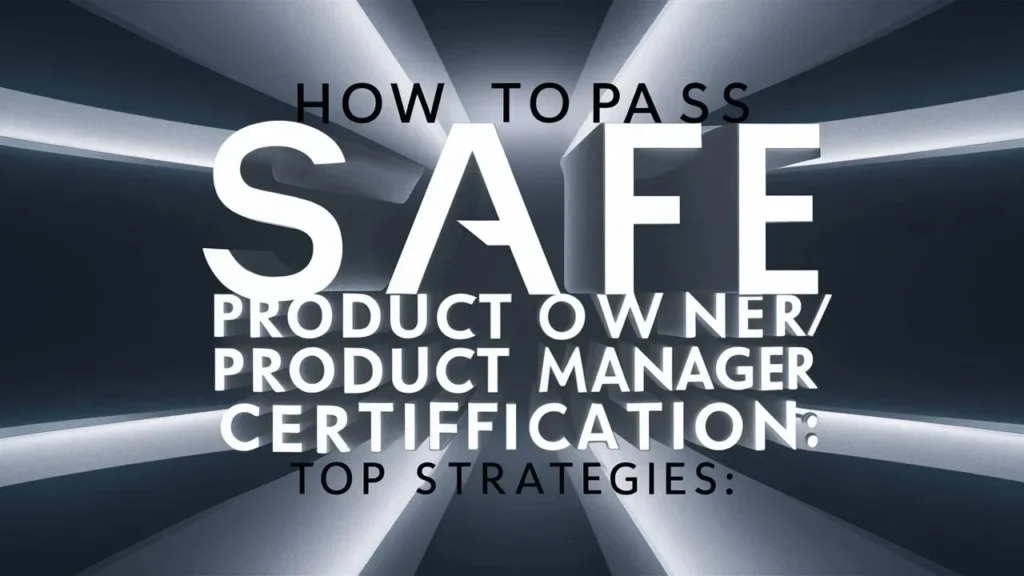Introduction
As the Scaled Agile Framework (SAFe) continues to evolve, each new version brings enhancements and refinements that better address the complexities of modern Agile transformations. SAFe 6.0 introduces significant changes compared to its predecessors, making it crucial for Agile professionals to understand these differences before embarking on their certification journey. This blog is designed for Scrum Masters, Agile practitioners, project managers, and anyone aiming to achieve SAFe certification. By exploring the distinctions between SAFe 6.0 vs previous versions, you’ll gain valuable insights, actionable tips, and discover how Gururo’s practice tests can streamline your exam preparation.
💡 Quick Tip: Familiarize yourself with the release notes of SAFe 6.0 to grasp the fundamental changes and updates introduced in this version.
Overview of SAFe Evolut
A. History of SAFe Versions
The Scaled Agile Framework (SAFe) has undergone several iterations since its inception, each version building upon the previous to better meet the needs of large organizations scaling Agile practices. From SAFe 1.0 to SAFe 5.0, the framework has consistently evolved to incorporate emerging Agile trends, address feedback from practitioners, and enhance its scalability and flexibility.
🔍 Example: SAFe 5.0 introduced the Business Agility concept, emphasizing the need for organizations to adapt swiftly to market changes, a principle further expanded in SAFe 6.0.
B. Key Objectives of SAFe 6.0
SAFe 6.0 aims to:
- Enhance Flexibility: Introduce more adaptable practices to accommodate diverse organizational structures.
- Promote Business Agility: Extend Agile principles beyond IT to encompass the entire business.
- Improve Integration: Facilitate better integration of Lean, Agile, and DevOps practices.
- Strengthen Leadership: Emphasize Lean-Agile leadership principles to drive continuous improvement.
🎯 Tip: Understanding the core objectives of SAFe 6.0 will help you align your study strategies with the latest framework enhancements.
Success Story: Emma Johnson successfully transitioned her organization from SAFe 5.0 to SAFe 6.0 by aligning the new objectives with her company’s strategic goals, resulting in a 20% increase in project delivery efficiency.
Key Differences Between SAFe 6.0 and Previous Versions
A. Updated Core Values and Principles
SAFe 6.0 revisits and refines the core values and principles to better align with current Agile practices. The updated framework emphasizes:
- Customer-Centricity: Greater focus on delivering value to customers.
- Innovation: Encouraging continuous innovation and experimentation.
- Alignment: Enhanced mechanisms for aligning teams and departments towards common goals.
📚 Enhanced Knowledge: Delve into how these updated values influence team dynamics and project outcomes.
B. Enhanced Practices and Processes
SAFe 6.0 introduces new practices and refines existing ones to improve efficiency and effectiveness:
- Lean Portfolio Management: More robust strategies for managing and funding Agile portfolios.
- DevOps Integration: Deeper integration of DevOps practices to streamline development and operations.
- Agile Product Delivery: Enhanced frameworks for delivering products more iteratively and responsively.
🔧 Guide: Compare the Lean Portfolio Management strategies between SAFe 5.0 and SAFe 6.0 to understand the evolution.
Success Story: David Lee implemented the enhanced DevOps integration in SAFe 6.0, reducing deployment times by 30% and increasing collaboration between development and operations teams.
Impact of SAFe 6.0 on Certification Exams
A. Changes in Exam Content and Structure
With the release of SAFe 6.0, certification exams have been updated to reflect the new framework enhancements:
- New Question Types: Inclusion of scenario-based and situational questions to assess practical understanding.
- Expanded Topics: Greater emphasis on business agility and updated core values.
- Revised Exam Structure: Adjustments in the number of questions and time allocation to better evaluate comprehensive knowledge.
📝 Example: The SAFe Advanced Scrum Master exam now includes case studies that require applying SAFe 6.0 principles to real-world scenarios.
B. Updated Study Materials and Resources
Preparing for the SAFe 6.0 certification requires access to the latest study materials:
- Official SAFe 6.0 Guides: Comprehensive documentation outlining the latest framework changes.
- Online Courses and Webinars: Interactive sessions that cover new concepts and practices.
- Gururo’s Updated Practice Tests: Specifically designed to mirror the SAFe 6.0 exam structure and content.
💬 Tip: Ensure that all your study resources are up-to-date with SAFe 6.0 to avoid discrepancies during exam preparation.
Success Story: Sophia Martinez utilized the updated study guides and Gururo’s practice tests to seamlessly transition her knowledge from SAFe 5.0 to SAFe 6.0, resulting in a high score on her certification exam.
Effective Preparation Strategies for SAFe 6.0 Exams
A. Utilizing Gururo’s SAFe 6.0 Practice Tests
Gururo’s SAFe 6.0 practice tests are invaluable resources for exam preparation:
- Realistic Simulations: Experience the actual exam format and difficulty level.
- Detailed Explanations: Understand the rationale behind each answer to reinforce learning.
- Performance Analytics: Track your progress and identify areas needing improvement.
🌟 Tip: Incorporate Gururo’s practice tests into your study schedule multiple times to build familiarity and confidence.
Boost your SAFe prep with Gururo’s practice test. Visit now!
B. Integrating New Concepts into Your Study Plan
Adapting your study plan to include SAFe 6.0’s new concepts is crucial:
- Focus on Business Agility: Deepen your understanding of how Agile principles apply beyond IT.
- Embrace Enhanced DevOps Practices: Learn the latest strategies for integrating development and operations.
- Update Your Knowledge on Lean Portfolio Management: Explore the refined approaches to managing Agile portfolios.
🧠 Example: Allocate dedicated study sessions to each new SAFe 6.0 enhancement to ensure comprehensive coverage.
Success Story: James Williams restructured his study plan to focus on the new Lean Portfolio Management strategies in SAFe 6.0, which significantly boosted his performance in the certification exam.
Maintaining Your SAFe Certification in the Evolving Framework
A. Continuing Education and Recertification
SAFe certifications require ongoing education to stay current with framework updates:
- Advanced Courses: Enroll in specialized SAFe courses to deepen your expertise.
- Webinars and Workshops: Participate in live sessions to stay updated with the latest Agile trends.
- Recertification Requirements: Complete necessary credits or exams to renew your certification.
📅 Tip: Schedule your continuing education activities well in advance to ensure timely recertification.
B. Applying SAFe 6.0 Practices in Your Organization
Leveraging your certification effectively involves applying SAFe 6.0 practices within your organization:
- Lead Agile Transformations: Use your knowledge to guide teams through Agile transitions.
- Promote Continuous Improvement: Foster a culture of ongoing enhancement and learning.
- Collaborate Across Departments: Enhance alignment and collaboration between different organizational units.
📝 Guide: Create a roadmap for implementing SAFe 6.0 practices tailored to your organization’s specific needs and goals.
Success Story: Isabella Rivera applied SAFe 6.0 principles to her organization’s project management processes, leading to a successful Agile transformation that improved team collaboration and project delivery times by 25%.
Conclusion
Understanding the differences between SAFe 6.0 and its previous versions is essential for anyone preparing for a SAFe certification exam. SAFe 6.0 brings significant enhancements that not only improve the framework’s effectiveness but also require updated preparation strategies. By leveraging tools like Gururo’s SAFe 6.0 practice tests, integrating new concepts into your study plan, and staying committed to continuous learning, you can confidently navigate your certification journey. Embrace the advancements of SAFe 6.0 to unlock new career opportunities, drive Agile transformations, and contribute to your organization’s success.
🚀 Final Tip: Start your preparation by thoroughly understanding the key differences in SAFe 6.0, and utilize high-quality practice tests to ensure you’re well-equipped for exam success.

